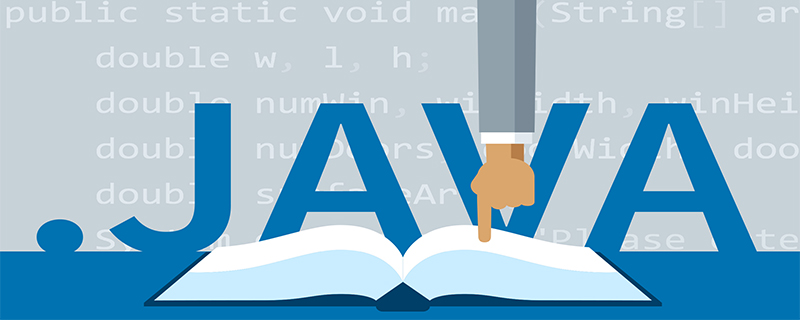
The Java toolkit provides powerful data structures. Data structures in Java mainly include the following interfaces and classes: (Recommended: java video tutorial)
Enumeration
Although the Enumeration interface itself is not a data structure, it is widely used in other data structures. The Enumeration interface defines a way to retrieve consecutive elements from a data structure.
Bit Set (BitSet)
The Bit Set class implements a set of bits or flags that can be set and cleared individually.
This class is very useful when dealing with a set of Boolean values. You only need to assign a "bit" to each value, and then set or clear the bit appropriately to operate on the Boolean value. .
Vector (Vector)
The Vector (Vector) class is very similar to a traditional array, but the size of the Vector can be dynamically changed as needed.
Like arrays, elements of Vector objects can also be accessed through indexes.
The main benefit of using the Vector class is that you do not have to specify the size of the object when creating the object. Its size will change dynamically as needed.
Stack
Stack implements a last-in-first-out (LIFO) data structure.
You can think of a stack as a vertically distributed stack of objects. When you add a new element, place the new element on top of other elements.
When you take an element from the stack, take an element from the top of the stack. In other words, the last element pushed onto the stack is the first to be taken out.
Dictionary (Dictionary)
The Dictionary (Dictionary) class is an abstract class that defines a data structure that maps keys to values.
Dictionary should be used when you want to access data by specific keys instead of integer indexes.
Since the Dictionary class is an abstract class, it only provides a data structure that maps keys to values, without providing a specific implementation.
Hashtable
The Hashtable class provides a means to organize data based on a user-defined key structure.
For example, in a hash table of an address list, you could store and sort the data based on zip code as the key, rather than by person name.
The specific meaning of a hash table key depends entirely on the usage scenario of the hash table and the data it contains.
Properties
Properties inherits from Hashtable.Properties class represents a persistent property set. Each key and its corresponding value in the property list is a String.
Properties class is used by many Java classes. For example, when obtaining environment variables, it is used as the return value of the System.getProperties() method.
For more java knowledge, please pay attention to the java basic tutorial column on the PHP Chinese website.
The above is the detailed content of What data structures are there in java. For more information, please follow other related articles on the PHP Chinese website!